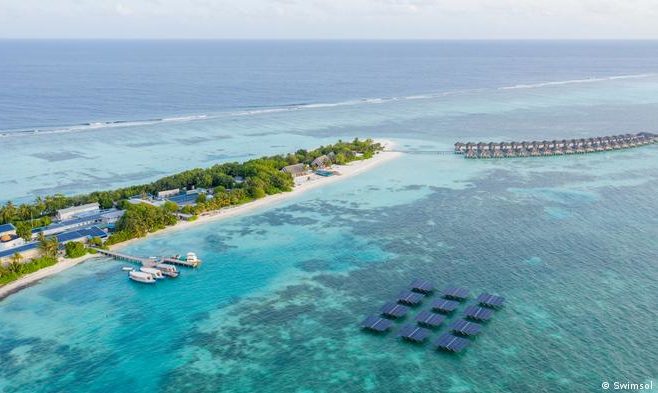Photovoltaic panels that harvest solar energy is being used across the world and even outside it to generate clean electricity.
The following written content from DW
From outer space to hiking backpacks, solar modules can be used almost anywhere. Here are some unlikely places they are generating electricity.

The catamaran Race for Water is the largest solar yacht in the world and runs completely without fossil fuels. Modules on deck power the electric motors and charge the batteries for the night. Instead of masts and sails, the yacht also uses a steering kite.
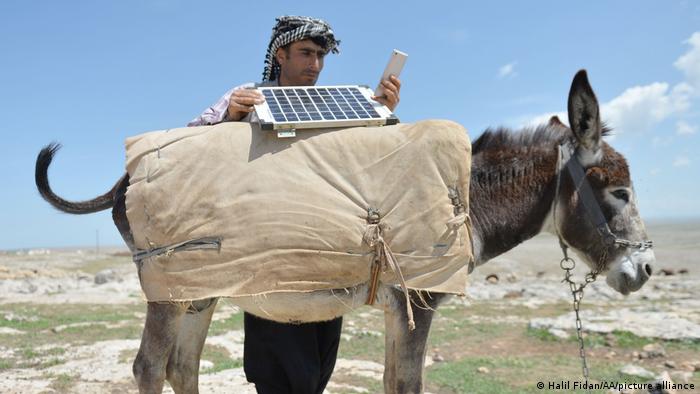
This shepherd in Turkey charges his mobile phone with a portable solar module. Such portable modules are popular with outdoor travelers. They are also available for backpacks or tents. Those traveling far from the power grid are better equipped for emergencies.

The Solar Impulse flew around the world in several stages, completely without jet fuel. Solar cells on the fuselage and wings power the engines and charge the plane’s batteries. With their round-the-world flight, the flight pioneers promoted solar energy and showed what’s possible.
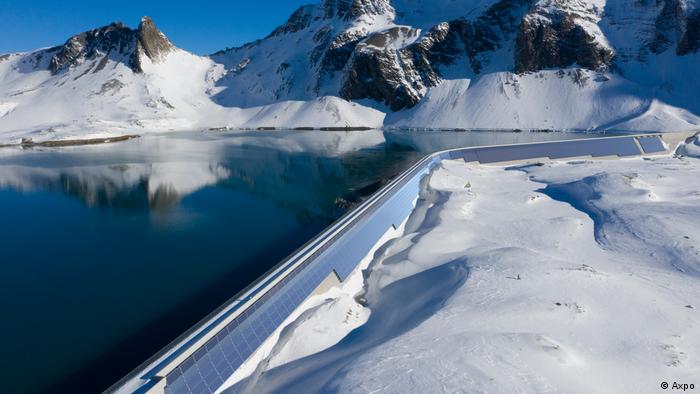
The Muttsee near Basel is the highest reservoir in Switzerland. A large solar system has also been installed on the dam wall. It generates a lot of electricity, especially in winter, because modules are more efficient in cold weather and the snow reflects additional sunlight. The sunlight is much stronger at altitude, as the fog stays in the valley.
Muttsee is a reservoir in the Canton of Glarus, Switzerland. Its surface area is 42 ha (100 acres). It is used to supply water for the hydroelectric

Working in the fields is tedious. This solar-powered Farmdroid from Denmark does the job alone, automatically and without hurting the environment. The robot can sow beetroot and rapeseed, for example, and hoe weeds. And it doesn’t need a day off. The power comes from solar modules on the roof, and it’s controlled by GPS.
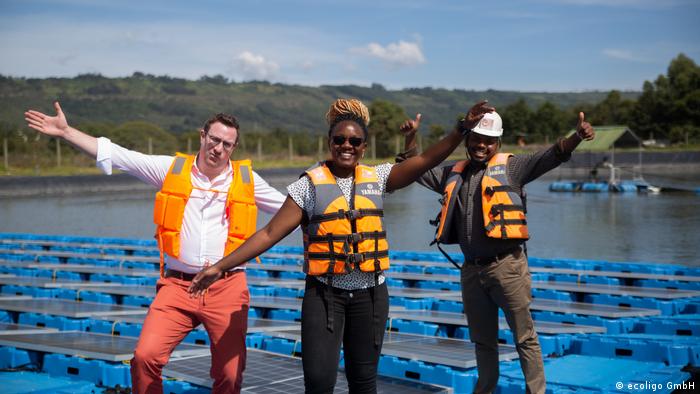
These workers are proud of the first floating solar plant in Kenya. The plant supplies a flower farm north of the capital, Nairobi, with electricity. The modules were installed on special pontoons. Elsewhere, floating modules on lakes are sometimes combined with fish farming.
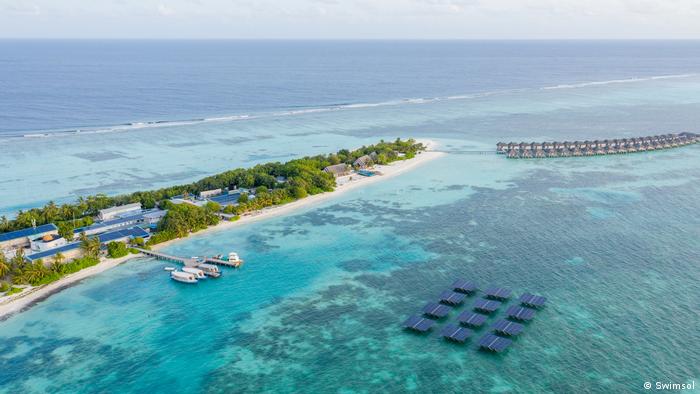
Powering an island with solar panels in the sea. In 2019, floating solar panels were built in the sea in the Maldives to generate electricity for a tourist resort. The 680-kilowatt system is small, but so far it is one of the larger solar installations in the sea. Research is still being done for offshore plants because storms, strong waves and salt water attack the modules much more than in freshwater locations.
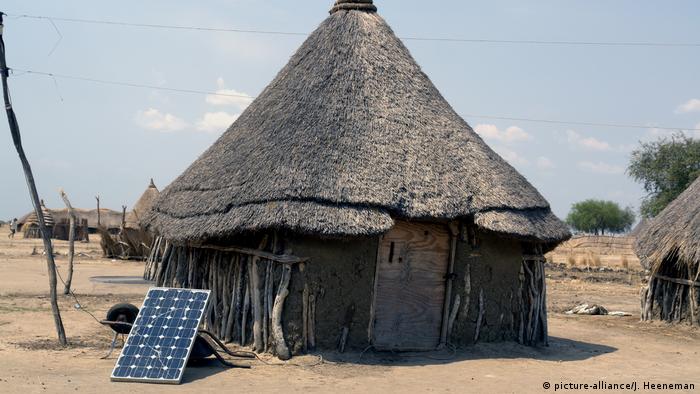
There is no electricity grid in the village of Tukul in South Sudan. But solar panels now generates electricity locally for things like mobile phones and lamps. Worldwide, 840 million people had no electricity by 2016. The number is expected to drop to 650 million by 2030, mainly thanks to decentralized solar modules. Source DW

